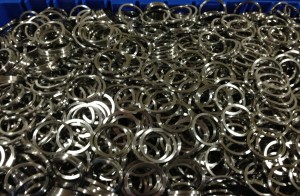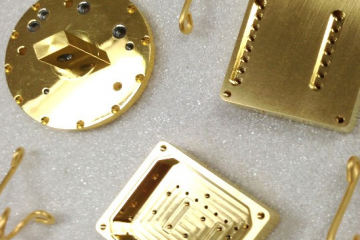Passivation
Passivation is a chemical treatment applied to stainless steel parts to provide resistance to oxidation, rusting and mild chemical attack. The Passivation process removes free iron (ferric material) from the surface of the parts that can be created during finishing operations such as milling, buffing, lapping, cutting, etc. These contaminants create potential sites for corrosion that result in premature deterioration of the component. The acids used for Passivation dissolve much of the alloyed iron on an atomic level right at the surface leaving a chromium and nickel-rich surface. It then creates the formation of a thin oxide film that protects the stainless steel from corrosion.
Passivation Standards
Advance Surface Technologies provides both Nitric and Citric Passivation treatments on Titanium and Stainless Steel alloys that adhere to QQ-P-35C, AMS-QQ-P-35A, AMS 2700C, ASTM A 967-05 and ASTM A 380-06 standards.
Passivation alone will not remove heavy adherent oxide films created from heat treatment, welding, hot-forming and other high-temperature operations. Therefore AST uses different types of pickling acids designed to remove these films prior to the Passivation of the parts.
Our extensive experience with Passivation allows us to choose and match the appropriate Passivation and pickling procedure for your needs and specific stainless steel grades.
See also Chromate Conversion Coating

